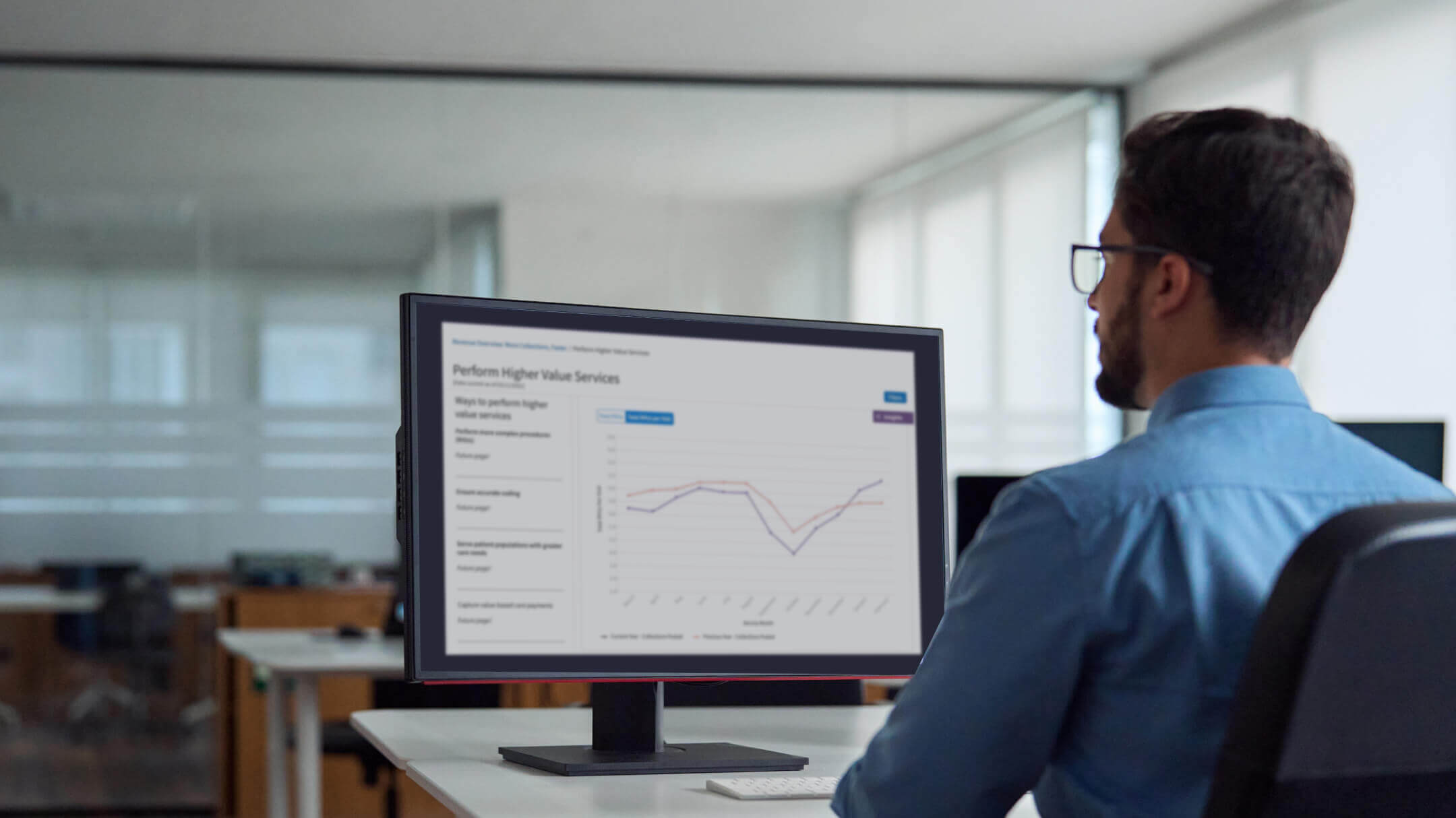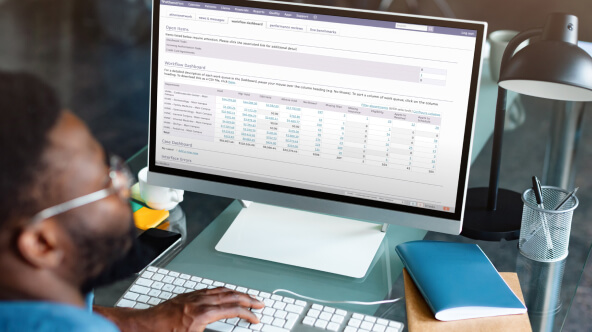6 ways to measure revenue cycle performance in healthcare

An important component of successful practice management is being aware of the health care revenue cycle and using revenue cycle solutions that enable practice managers to give this aspect of the business the attention it requires. Six vital signs of the health care revenue cycle that can be measured and improved to achieve success are:
1. Patient no-show rate – Every patient no-show in a schedule represents potential money not earned from a scheduled visit.
2. Billing slip turnaround time – Timely billing slip entry reflects a high level of efficiency at reducing (or eliminating) misfiled or missing slips, or denials due to expired filing limits.
3. Same-day encounter close rate – Timely documentation of patient encounters is one of the best measures of an efficiently run practice, one that doesn't suffer backlogged encounters and is generally prepared to file claims quickly and easily.
4. Claim days in accounts receivable – When claims are resolved quickly, a practice is able to collect revenue faster and improve cash flow.
5. Revenue realization rate – If most claims are paid or adjusted within six months, a practice will enjoy steady cash flow and not have to put a lot of expensive effort into resolving claims.
6. Delegation of work – When the appropriate documentation work is handed off to staff, providers can spend less time dealing with the burden of paperwork; this improves productivity and efficiency, and is a major contributor to running a profitable practice.
Health care revenue cycle solutions must be able to put this data at a practice manager’s fingertips – and, ideally, put the numbers in the context of practices across the nation, so the practice manager can set realistic goals. Sharing these numbers with providers and staff can help engage them in the ongoing process of making the practice more efficient, effective and profitable.











